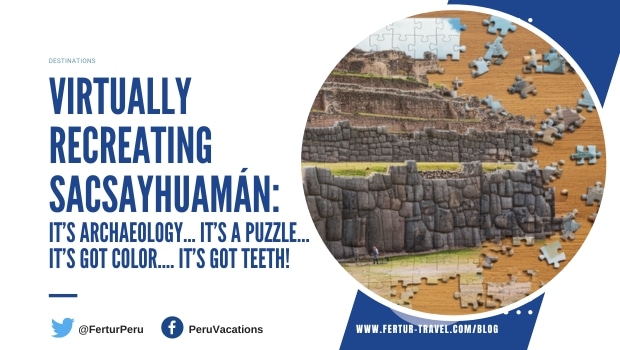
A cutting-edge Sacsayhuaman archaeology dig with teeth
A cutting edge archaeology excavation at the Inca ruins of Sacsayhuaman promises to reveal the origins of the Inca fortress temple before the Spanish Conquest.
Why is this Sacsayhuaman archaeological project so exciting?
Unearthing Sacsayhuaman’s Colorful Past
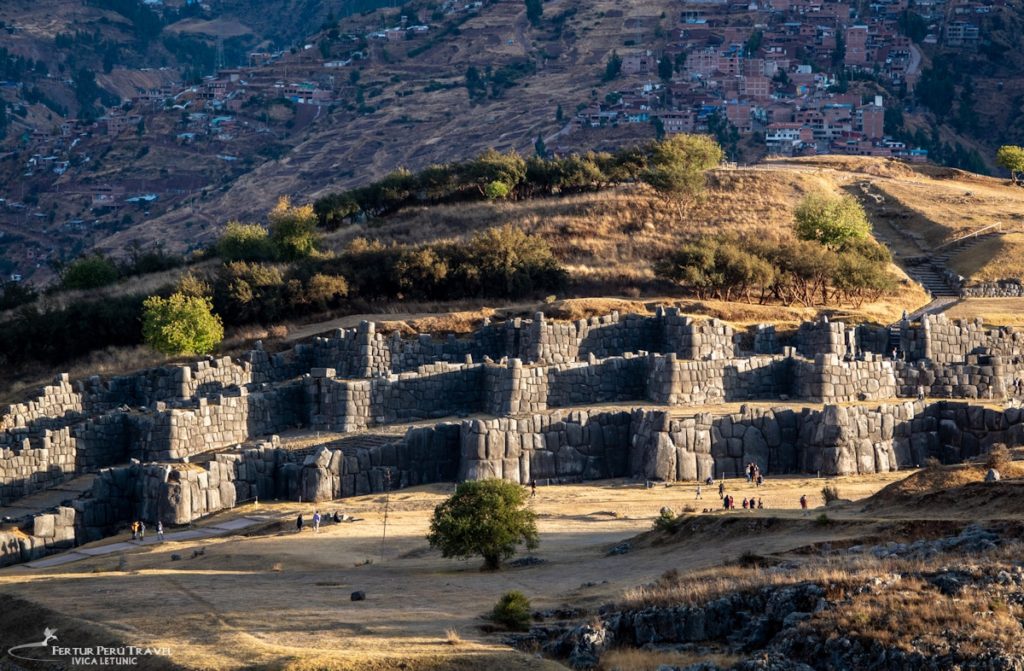
Well, it’s already revealed a fragment of an Inca mace weapon, evidence of white, red, blue and yellow pigments — the colors that once adorned the floors and walls at Sacsayhuaman — and teeth.
Thousands of teeth!
Monkey teeth. Jaguar teeth. But mostly human teeth, and many with small holes bored into them. So, teeth that were once strung on necklaces or some other ornamental clothing.
Thirty-nine Peruvian and foreign archaeologists, historians, anthropologists, and architects are involved in the three-year research project, jointly run by the Ministry of Culture’s Cusco Directorate and the University of Warsaw in Poland.
The project is led by Peruvian archaeologist Sabino Quispe and Alexei Vranich, a UC Berkeley-trained archaeologist who directs research at Warsaw University.
Vranich posted regular video updates on his Instagram throughout the excavation that are truly worth watching.
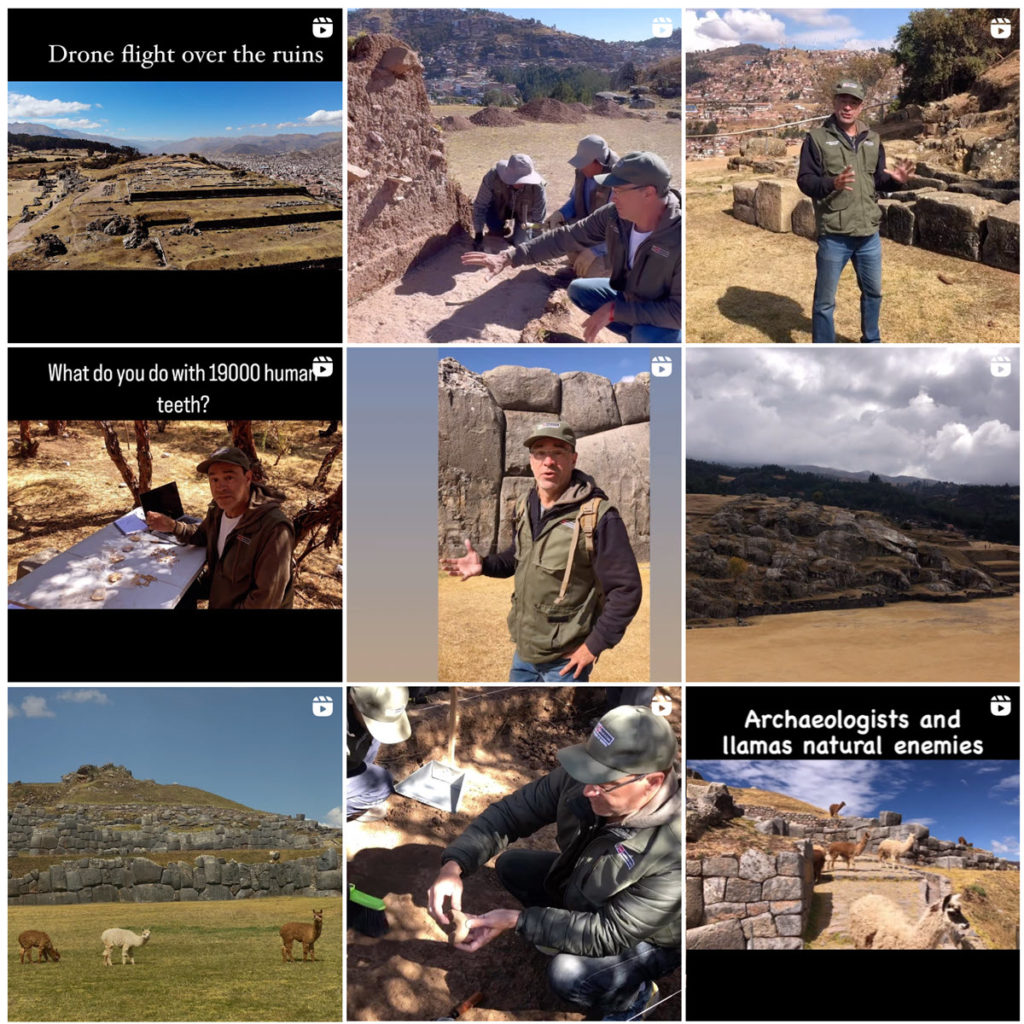
The Excavation: Key Sectors and Discoveries
Between June and August, a half dozen exploratory trenches were dug in three key sectors of Sacsayhuaman:
- Muyuqmarka, where a great circular shaped tower once stood atop the temple fortress,
- at the base of one of the projecting bastions of the enormous zig-zagging walls,
- and, Cruzmoqo the southeastern wooded area behind the ruins.
Vranich explains the various stages of the trench excavations and the significance of the process.
“One of the big questions is, how did they move these stones?” Vranich says, as he strides past the cyclopean stone walls.
The Mystery of Sacsayhuaman’s Construction
“The other one is, how old were they? When was this built? And as a lot of people already noticed and pointed out, you can’t date stone with radiocarbon. But we do have an excavation around the corner that’s going to give us a lot of clues.”
Cut to Cruzmoqo: “So barely any tourists come to this side of Sacsayhuaman,” Vranich says. “This is where we were able to excavate behind these gigantic walls.”
Pre-Inca Occupation: New Evidence Emerges
The initial advances from the excavations confirm that the Cruzmoqo sector of Sacsayhuaman was occupied by pre-Inca cultures, like the Killke culture (900 – 1200 CE).
But precisely when they lived there, and when construction of the temple fortress began, are questions that have yet to be answered.
“What we need now are the carbon dates back and we can give you the dates of when this was built,” Vranich says. “So stay tuned.”
A Treasure Trove of Ancient Teeth
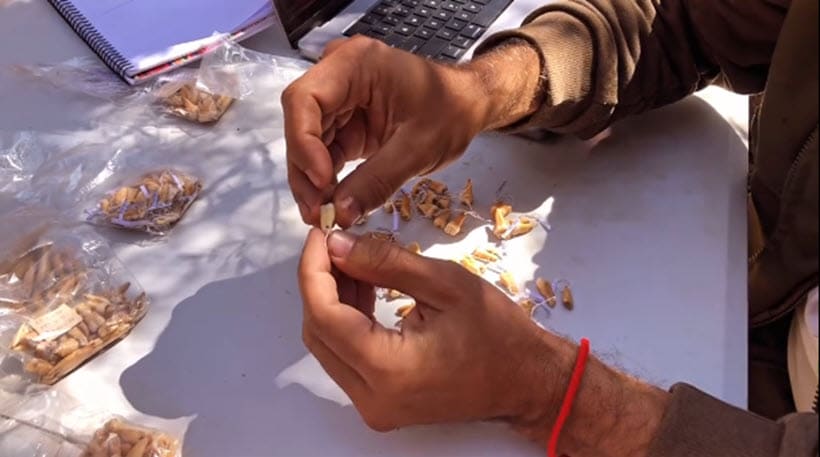
The 19,000 teeth are a particularly important discovery.
Vranich explains that with stable Isotope and DNA analysis and carbon-14 dating, “we can actually date how the Inca were expanding and capturing people and bringing them back” to Cusco.
Trying to visualize Sacsayhuaman in its former glory is no easy feat. Once, precisely fitted stones soared skyward, forming imposing palaces, storehouses, and towers.
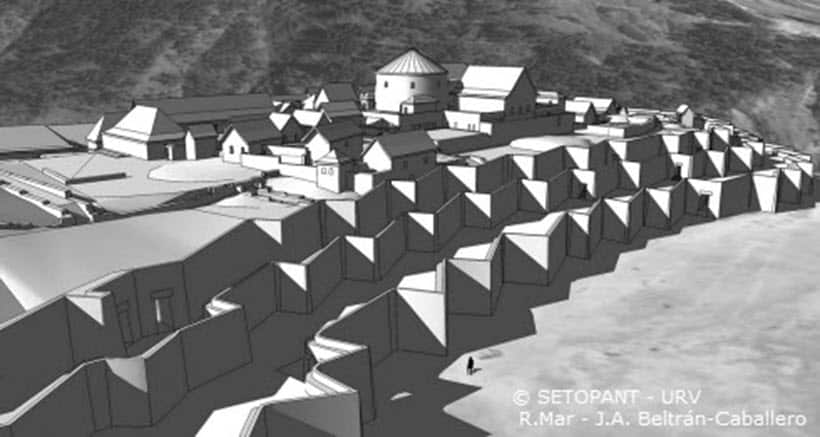
Post-Conquest, the Spanish swiftly dismantled this cyclopean marvel, repurposing its stones to build colonial buildings and churches.
From Tiwanaku to Sacsayhuaman
Vranich used laser technology and 3D modeling to scan the scattered stone blocks that are strewn today at Tiwanaku. But he also went over the field notes of two giants of archaeology from the past, Léonce Angrand in1848 and Max Uhle in 1893. He factored into his equations the dimensions of each block measured to the millimeter by the 19th century archaeological pioneers.
The combination of historical data and new, precise measurements allowed Vranich and his team to create highly accurate 3D models. With that, they were able to make connections and discoveries that had eluded researchers for generations.
“There is a unique structure here, called Pumapunku, which features the most intricate architecture, the most precise joints, and the most impressive and finely cut stone blocks of this founding civilization,” Vranich told French science magazine Les Cahiers Science & Vie in 2019.
“The only comparable temple is at the Inca site of Sacsayhuamán in Peru, whose construction began several centuries later!” Vranich said.
Reimagining Sacsayhuaman’s Former Glory
Five years later, Vranich and his team are at Sacsayhuaman, applying the methodology honed at Tiwanaku, to reconstruct two Inca buildings that once stood in the Cruzmoqo sector.
But they don’t plan to stop there.
On Vranich’s Instagram, there is a reel of drone footage slowly surveying the magnificent ruins of Sacsayhuman from above. There is no narration. Just titles:
“DRONE FLIGHT OVER THE RUINS“
“WE WILL VIRTUALLY RECREATE THIS TEMPLE TO ITS FORMER GLORY“
“STAY TUNED…“
You had me at “teeth.”
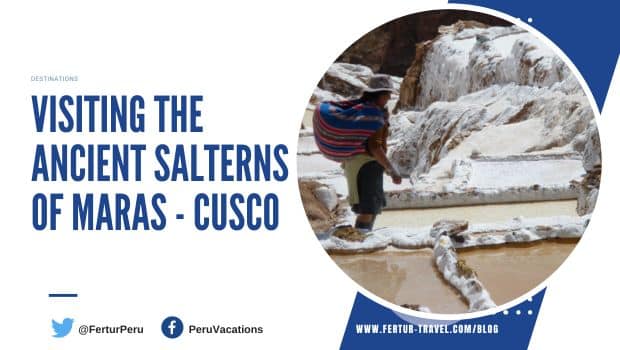 Astonishing Maras Salt Mines: Salineras de Maras Cusco Tour
Astonishing Maras Salt Mines: Salineras de Maras Cusco Tour 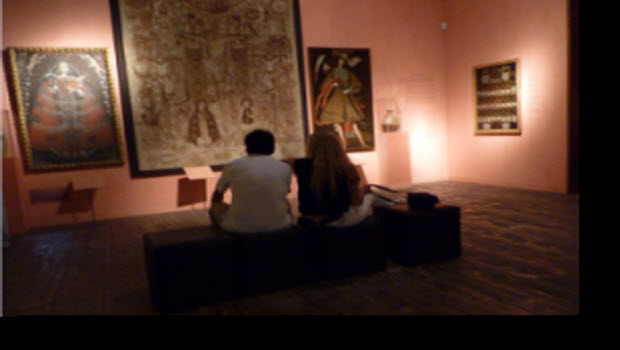 The beauty of Moche religious art abounds at the Larco Museum
The beauty of Moche religious art abounds at the Larco Museum 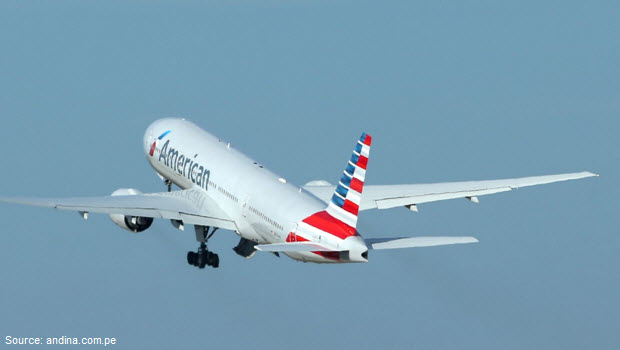 Spirits rise on Delta & American’s DFW-Lima gets roomier
Spirits rise on Delta & American’s DFW-Lima gets roomier 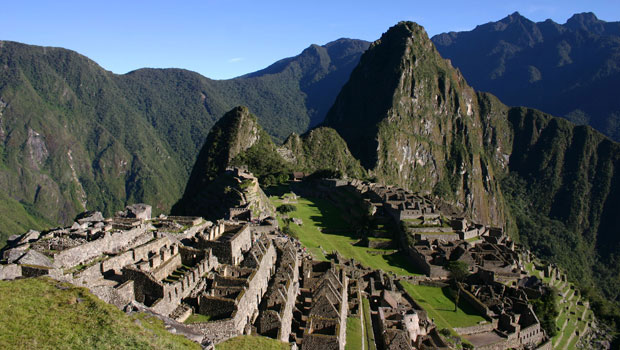 Floods and damage in Cusco’s Sacred Valley and Machu Picchu
Floods and damage in Cusco’s Sacred Valley and Machu Picchu 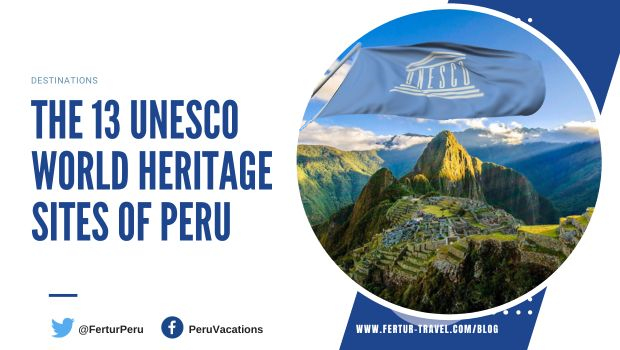 The Treasure Trove of UNESCO World Heritage Sites in Peru
The Treasure Trove of UNESCO World Heritage Sites in Peru 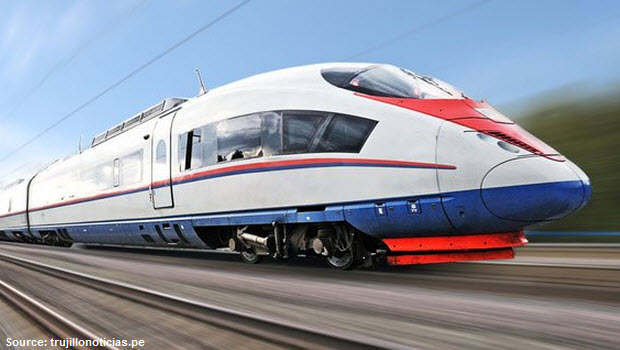 Travel News: Coast Rail planned for Peru
Travel News: Coast Rail planned for Peru 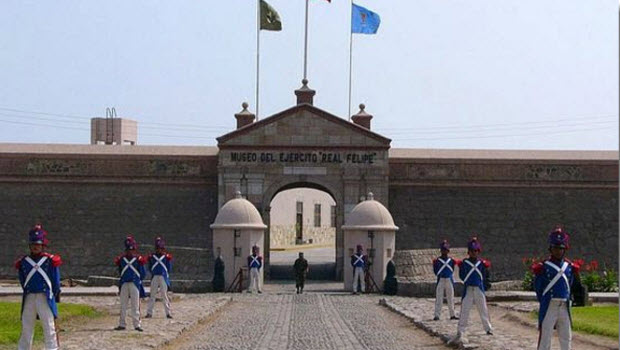 Alternative Lima Tour: Royal Felipe Fortress
Alternative Lima Tour: Royal Felipe Fortress  The Ultimate Galapagos Islands and Machu Picchu Tour: Unforgettable Adventures
The Ultimate Galapagos Islands and Machu Picchu Tour: Unforgettable Adventures